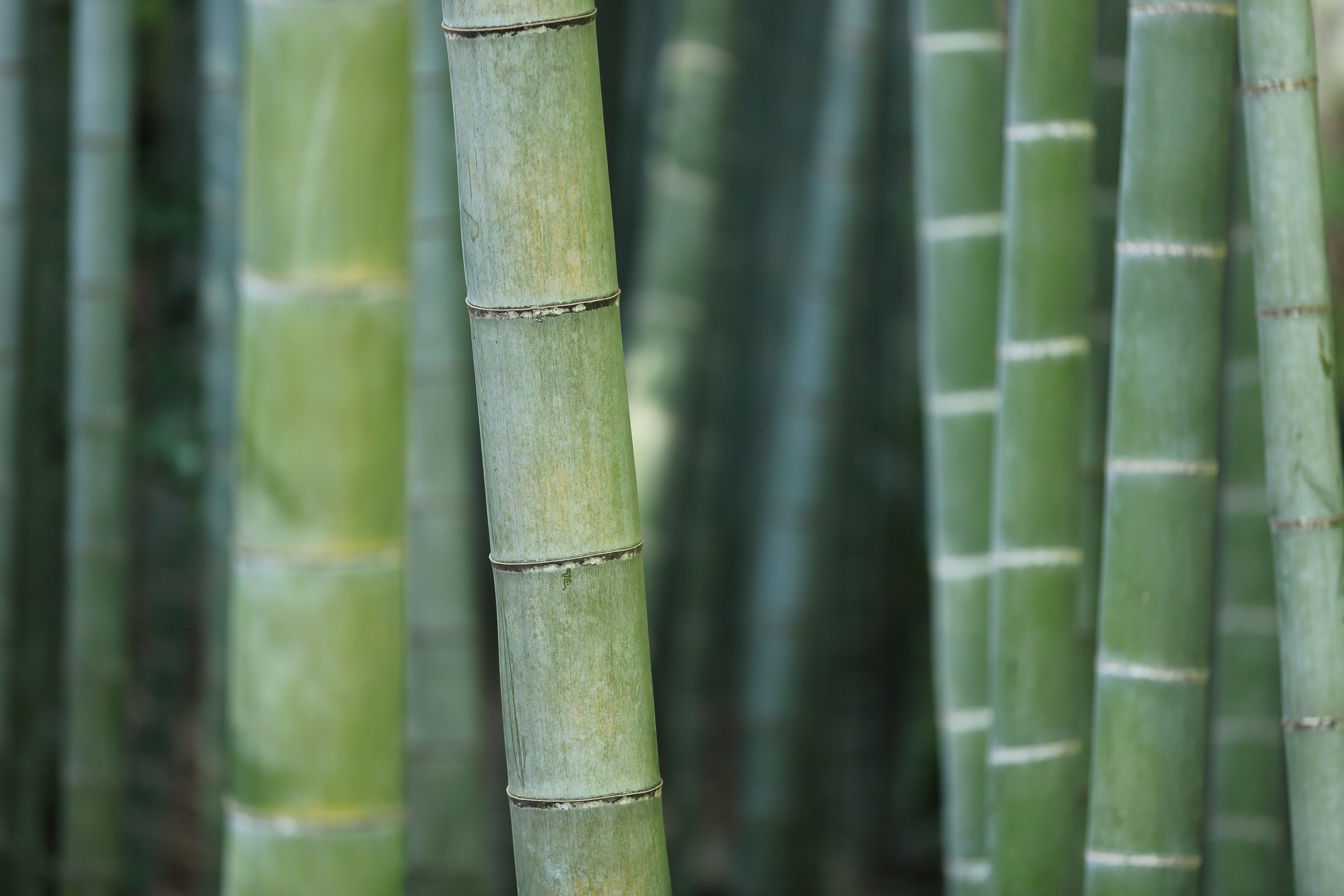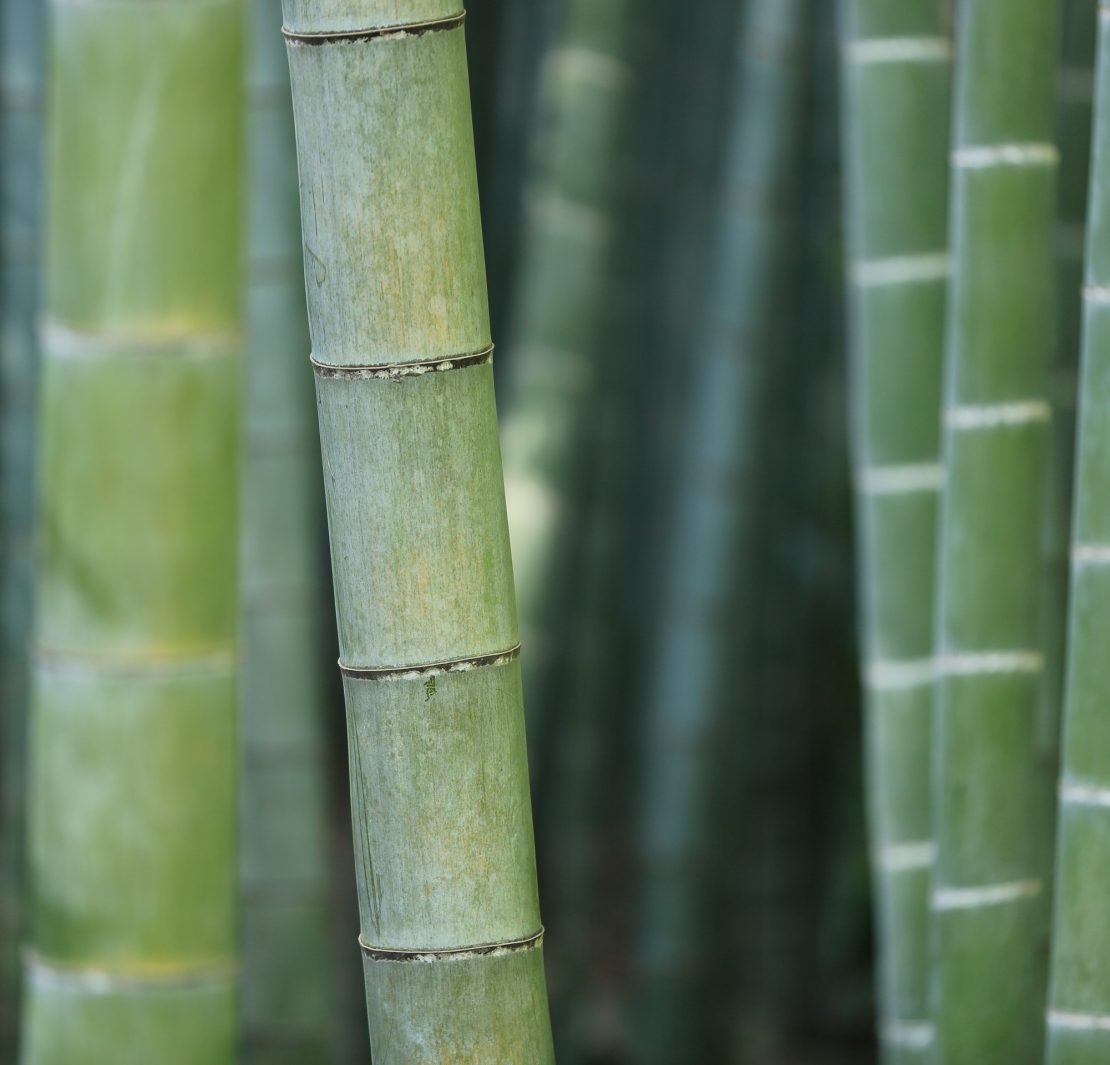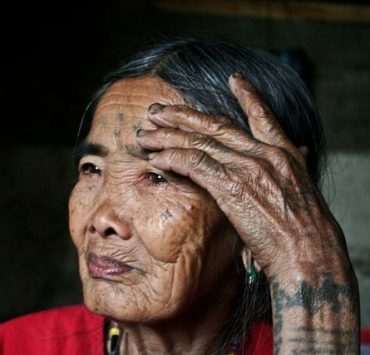In the wake of climate change and other environmental crisis, designers, architects, and engineers are going back to design concepts that have been with us for centuries and injecting new ones in the process.
Thanks to green architecture, we’re now moving towards a sustainable future (fingers crossed). But as an ordinary citizen vying for sustainability, we encounter words or terminologies that sometimes just doesn’t make sense to us. Here are five sustainable design jargons you need to be familiar with.
1. Carbon footprint
This is one of the more common terms that’s frequently used when talking about sustainable design. A carbon footprint is essentially the total amount of greenhouse gases produced to directly or indirectly support human activities like driving a car or burning oil, coal, or gas. As a general rule, the smaller the carbon footprint, the less greenhouse gas we emit. Here are ways on how you can reduce your carbon footprint.

2. Green building
Here in the Philippines, we have the Philippine Green Building Council that promotes the sharing of knowledge on green building practices to the industry. This non-profit organization has been campaigning for the transformation of design, construction, and management methods into practices that are environmentally and socially responsible.
3. Greywater and blackwater
Greywater and blackwater refer to the classification of wastewater. Greywater is the gently used water from sinks, baths, dishwashers, and washing machines that can be reused (after being treated) for toilets, recreational lakes, and other nonpotable uses. In contrast, blackwater is the wastewater from toilets (urine, feces, flush water), bidets, and toilet paper disposals that cannot be released back into the environment without proper treatment.

4. Life-Cycle Assessment (LCA)
A life-cycle assessment is a technique used by analysts and designers to understand the potential environmental aspects associated with a product over the course of its ‘lifetime.’ LCA starts from the extraction of raw material to its processing, manufacturing, and eventually, to its disposal or recycling. For example, designers use LCA to compare two different options for panels. One option could be bamboo, which is a renewable resource and is grown locally, compared to a red ironwood panel, which takes a long time to be shipped because it needs to be sourced outside the country. LCA’s don’t necessarily lead you to right or wrong answers, but instead, they give you a better understanding of an item.
5. Embodied energy
Embodied energy is the total amount of energy required to produce a building or any other product. A product with a high-embodied energy (steel) will produce more greenhouse gas emissions than a product with low-embodied energy (concrete).
Photos courtesy of Unsplash
Read more:
Reducing your carbon footprint may be easier than you thought
Why we need more vertical gardens
This futuristic eco-resort in Palawan has shell-shaped hotels and rotating apartments
Writer: BEA LLAGAS




